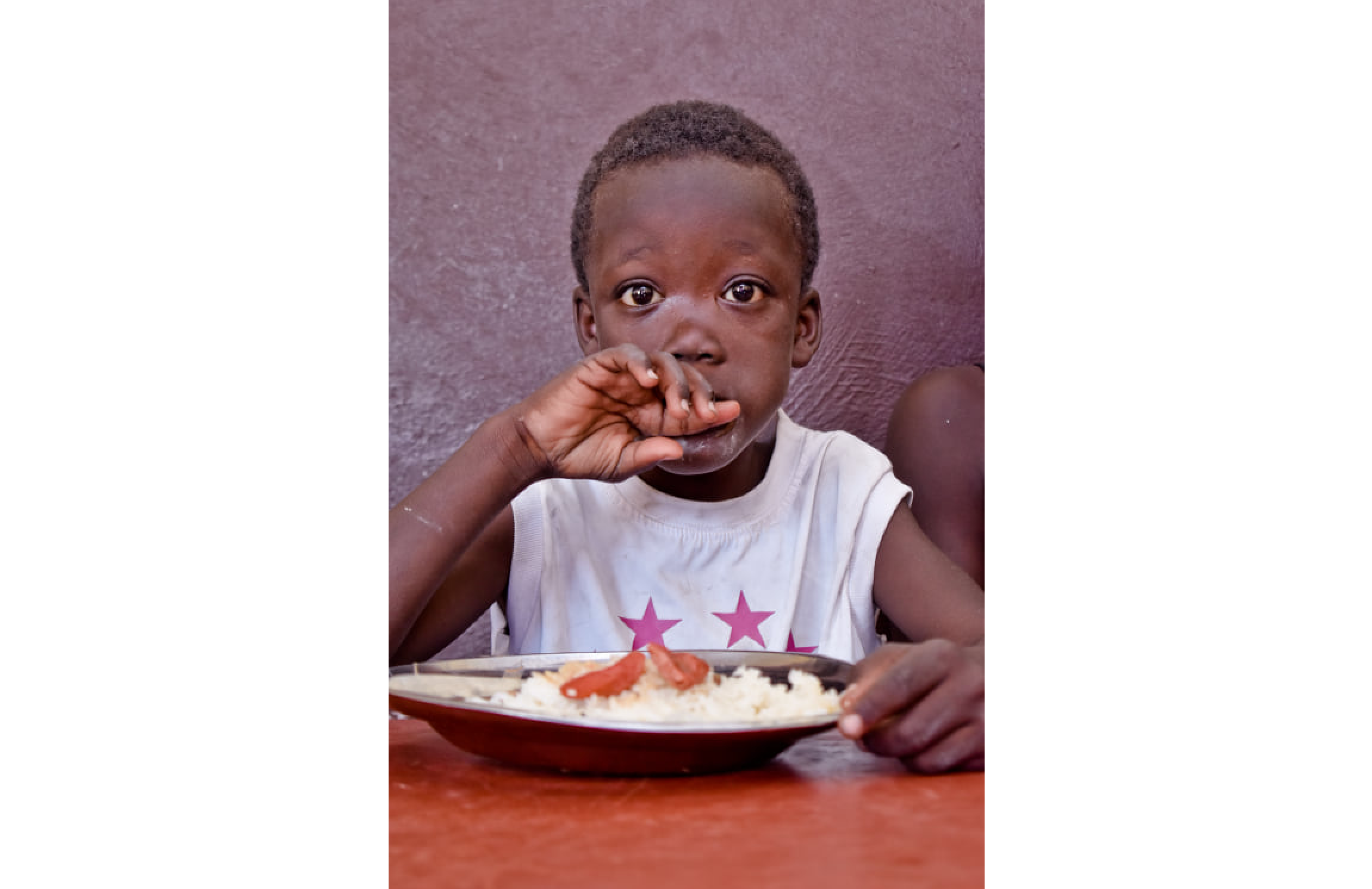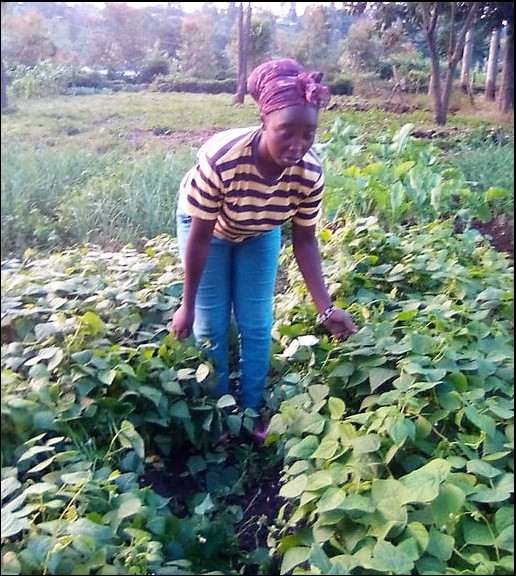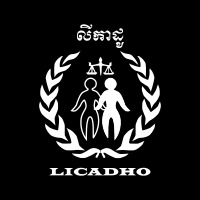By Shae Davidson

For more than 30 years, the Asociación Grupo de Trabajo Redes (AGTR) has helped children in Peru empower themselves and escape child labor. A grant from BGR supports AGTR as it works to develop educational opportunities for girls in San Juan de Miraflores, one of the poorest districts of Lima. Over 55 percent of the people there live in poverty, and 10 percent live in extreme poverty; more than 80 percent of the children and adolescents have worked as child laborers. Child labor has a lasting effect on those involved, denying or delaying educational opportunities, exposing children to emotional and physical health risks, depriving youth of recreational and social activities, and putting them at greater risk for sexual abuse and trafficking.
Some families in poor neighborhoods in and around Lima see domestic labor as a chance to improve the lives of their children. Employers claim that they will provide educational opportunities to children, and that they will be welcomed into a loving household environment as “godchildren.” In reality, however, the children never become part of the families they serve. They devote their time to cooking, cleaning, gardening, and caring for young children. These affluent children often learn to objectify and abuse the child domestic workers by watching the actions of their parents. All the while, the young domestic workers are losing contact with their own families and communities and are falling behind educationally—often up to three years behind their peers.
AGTR offers a range of programs to help support former child workers and prevent other girls from becoming involved in child labor. Funding from BGR supports workshops that explore health, self-esteem, and communication and emphasize the importance of education in building future opportunities. In addition, AGTR provides food baskets to families who participate in the program and school supplies to students, helping alleviate some of the stresses that push children into domestic labor. The project currently serves 30 students.
The program stresses the importance of education and helps children cultivate a stronger sense of personal worth and self-esteem. AGTR relies on the experiences of former child workers to develop its programs, allowing them to celebrate the strength and perseverance of child workers without stigmatizing them while recognizing the dignity of their labor. “I felt very good,” one explains. “It is the first time that I hear that our work is very good, that we each have our stories as domestic workers: some are very ugly, but we’re strong enough to move on.”
Between 2012 and 2017 AGTR created five youth groups in poor communities around Lima. Led by former domestic workers, the youth groups provided tutoring and mentoring support for at-risk youth, and gave children a voice as AGTR worked to improve its ability to help children. The project in San Juan de Miraflores began at one of these youth centers.
Etsi is one of the children served by an AGTR youth center. She moved into a wealthy home in Lima, Peru, to work as a domestic servant when she was a child. The family refused to pay her for seven of the nine years she worked for them, and denied her basic rights granted to workers. After leaving the family Etsi made contact with AGTR, which helped her understand her experiences and reconsider the value of domestic workers.

COVID-19 has created challenges for AGTR’s programs. The lockdown has increased adult unemployment, heightening the risk that children will enter the workforce. Children who remain in school risk falling behind due to disrupted schedules. Although schools in Lima offer virtual classes, the range of subjects is limited and many students do not have reliable internet access. Officials have tried to fill this gap by sending assignments and relying on the government television program “I Can Learn at Home,” although many families feel the program is of limited value. Before the pandemic, AGTR offered tutoring services at their community center. Tutoring sessions helped students whose parents were unable to help them with homework, and gave them an extra edge in more difficult Math and English classes as they moved into high school. AGTR hopes to resume meeting face-to-face with students at its venue in the near future.
Government agencies have stepped in to provide additional support for families in the area during the lockdown. For example, San Juan de Miraflores lacks running water. Prior to the pandemic, families would buy water from trucks or fill jerrycans and portable tanks outside of the neighborhood. The lockdown cut household income and made it harder for families to meet vendors. The municipal government has agreed to cover the cost of water for residents during the crisis.
AGTR has continued delivering baskets of food to each of the 30 girls participating in the program, and staff members use the opportunity to meet with students and their families. Thanks to additional donations from friends and former volunteers, AGTR is also able to give food to other children in San Juan de Miraflores. This allows families in the district to pool their resources and prepare large common pots of food that are shared with the community. “Solidarity,” AGTR observes, “is a great resource in these difficult times.”
Shae Davidson holds a PhD degree in American history. His dissertation research explored the importance of inclusive community partnerships in building food systems. He has served as a museum director and taught history and public policy.

















